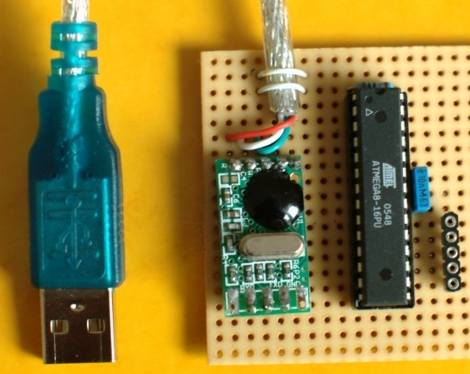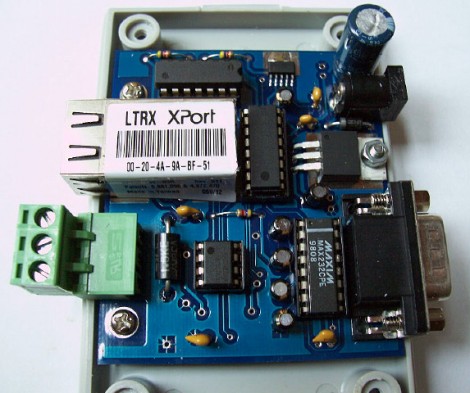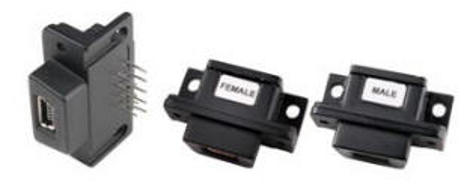
We love hacks that take quality products and make them better. This enhanced firmware for the VCI-100 is a great example of that. In a similar fashion as the Behringer hack, [DaveX] reverse engineer the firmware for the device and figured out a few ways to make it better. It improves the scratch controller and slider accuracy to use 9-bit accuracy from the ADC readings, which in the stock version were being shifted down to 7-bits. There’s also a few LED tricks they call Disco Mode. They’re selling a “chip” that you need to flash the firmware but from what we can see it’s simply an RS232 converter so you might be able to figure out how to work without that part. We’ve embedded a demo of firmware version 1.4 after the break.
Continue reading “Homebrew Firmware Upgrade For VCI-100 Turntable Controller”
















